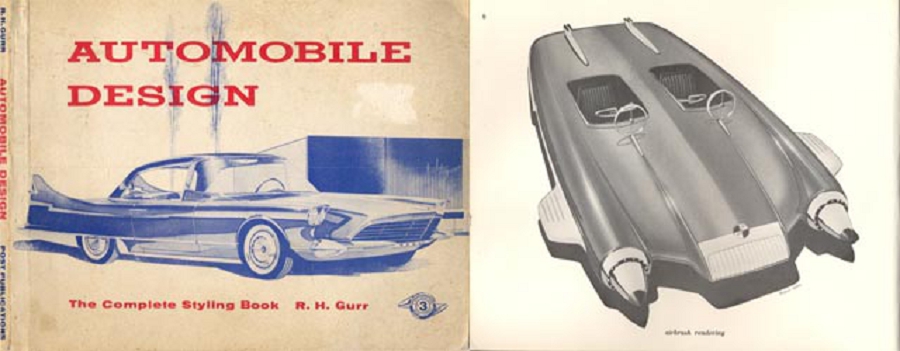
——————–
“Some of the facts pertinently revealed here may shock the reader….” Automobile Design: The Complete Styling Book (1955)
That’s what’s written on the back cover of Bob Gurr’s ’55 book on car design, and it gives the book a sense of mystery and intrigue designed to captivate the potential reader. Gurr’s book in ’55 was the intended follow-up edition to one of the first books on car design ever available – his ’52 book titled “How To Draw Cars of Tomorrow.”
This is the second in a series of articles focusing on Bob Gurr’s 1955 book, “Automobile Design: The Complete Styling Book.” Click here to review all articles in this series.
——————
Hi Gang…
Recently, I covered Bob Gurr’s first book on designing cars which was published in ’52 called “How To Draw Cars of Tomorrow.” Click here to review the series of articles about this styling book. Today, the book covered in this second of a series of articles was published in ’55 as an update to the early ’52 book.
In Part 1 of the story, we reviewed what Gurr had to say about “design” in the “Foreword” of his book. Let’s review how what Dan Post and Bob Gurr had to say on the back cover – the part designed to “sell” young men on the importance and purchase of this book back in the ’50s.
Automobile Design…
The Complete Styling Book By R. H. Gurr
Here is the book to pen new fields of thought and action for anyone interested in the design and styling of cars.
Whether used as the handbook for comprehensive drawing and design instruction, for gaining a qualified background of manufacturers’ views and professional design approach and technique in preparation for automobile styling as a career, for reference to its gold mine of fascinating illustrations in the development of a single glass fiber or steel-bodied custom car, or only to select from its beautiful renderings suitable for framing, AUTOMOBILE DESIGN is the kind of book you’ll not only enjoy but will be proud to share with friends.
Here are the rudiments of automobile drawing in plain, crisp language, with an unequalled selection of supporting sketches and renderings. This is the book that will turn armchair doodlers into artists of professional stature, and produce among the casually interested a pencil-pushing effort revealing latent ability.
R. H. Gurr is an outstanding professional automobile designer. His experience following graduation from The Art Center School – the West’s leading job-condition prep school – has included a stint at one of the largest manufacturers in Detroit, special product work as an associate of George Walker Industrial Design, and his recent development of the Autopia cars and car and truck antique replicas for Disneyland.
He possesses a rare combination of creative and rendering ability, coupled with crystal-clear engineering comprehension.
AUTOMOBILE DESIGN is the greatly enlarged contemporized version of the book originally titled, “How To Draw Cars of Tomorrow.” Coverage of the subject has been improved by the inclusion of important new chapters, together with a great number of additional illustrations, including the rendering work of several other professional automobile designers, among whom are Stan Parker, Ron Hill and Bob Caderet, all currently of General Motors studios.
Some of the facts pertinently revealed here may shock the reader. Nowhere else between the covers of a book can such candid and unbiased views of manufacturers’ aims, designers’ problems, and consumers’ benefits be found – confidential observations of such impact that could never have been said had the author been committed professionally during the period when the book was written.
You’ll quote it, but if your friends pick up this book you will have to tie it down to keep it from disappearing.
Profusely Illustrated
$3 Postpaid
Post Publications
Arcadia, California
In this second in a series on Bob Gurr’s book “Automobile Design” (1955), we’ll review the next sections of his design book.
In Part 1 of this story, we covered:
- Foreword
- Materials
- Getting Started
- Character In Existing Cars
- Perspective
- Foreshortening
- Ellipses
Today, in Part 2 of this story, we’ll present the pages from the following sections:
- Professional Character in Drawing
- Lighting
- Reflections
- Chrome
- Distortion
- Critical Dimensions
- Sports Cars
- Manufacturer’s Point of View
- The Case For The American Concept
- The Commercial Importance of Identity
- The Trend of Today
- What You Can Do As A Designer
- Styling Studio Conditions
- Language of the Studio
And now… let’s look at the next sections of Gurr’s book. Remember…..you can click on each picture below to make it appear larger on your screen.
Summary:
Thanks again to Bob Gurr for the time and energy he spent sharing with us his memories of his Art Center days, the lead up to the publication of his 1952 book “How To Draw Cars of Tomorrow,” and now the extension to the debut of his ’55 book “Automobile Design: The Complete Styling Book.” I’ll be sharing the rest of the ’55 book over more stories here at Forgotten Fiberglass.
And be sure to check out Bob Gurr’s forthcoming book, “Bob Gurr, Design: Just For Fun.” Click here to review the contents and consider purchase. I already reserved my copy It’s guaranteed to be a fantastic read and a wonderful look inside the mind of a wildly talented designer.

Here’s a Recent Photo of Bob Gurr Showing Off A Replica of His First Disney Monorail – Used As A Waterslide at the Disney Hotel in Anaheim, California.
And…for those of you interested in learning more about Bob Gurr, check out an excellent interview done by Collectible Automobile Magazine in October, 1998. It’s worth the read. Also, click here to review a recent post at the website “Imagineering Disney” to learn more about Bob Gurr and his work at Disney.
Hope you enjoyed the story, and until next time…
Glass on gang…
Geoff
——————————————————————-
Click on the Images Below to View Larger Pictures
——————————————————————-
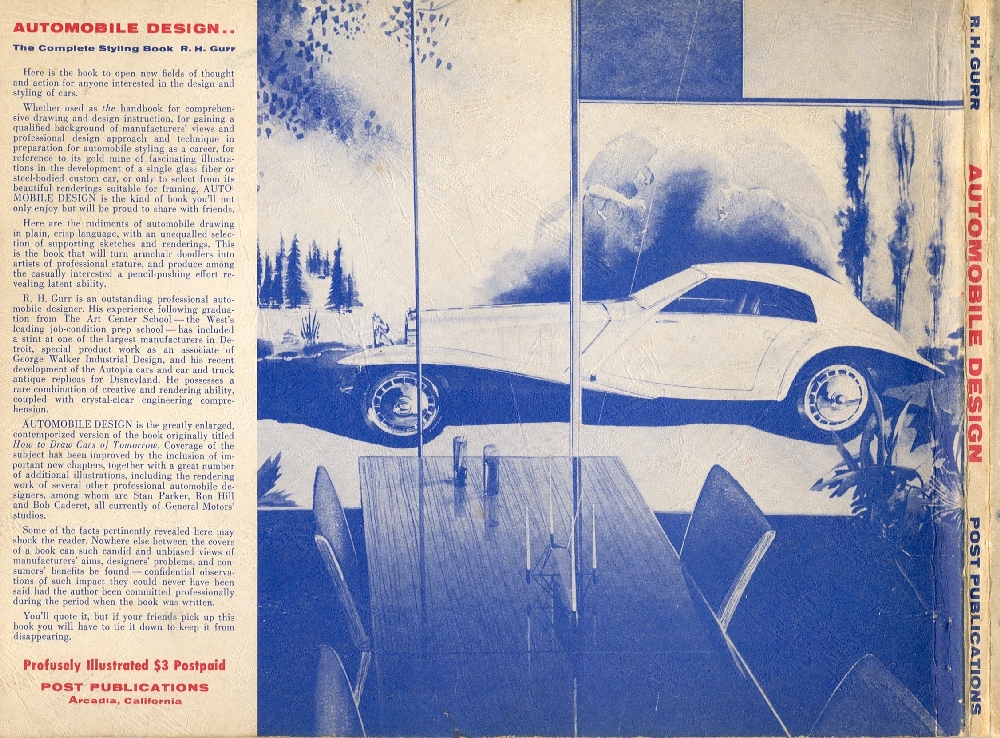
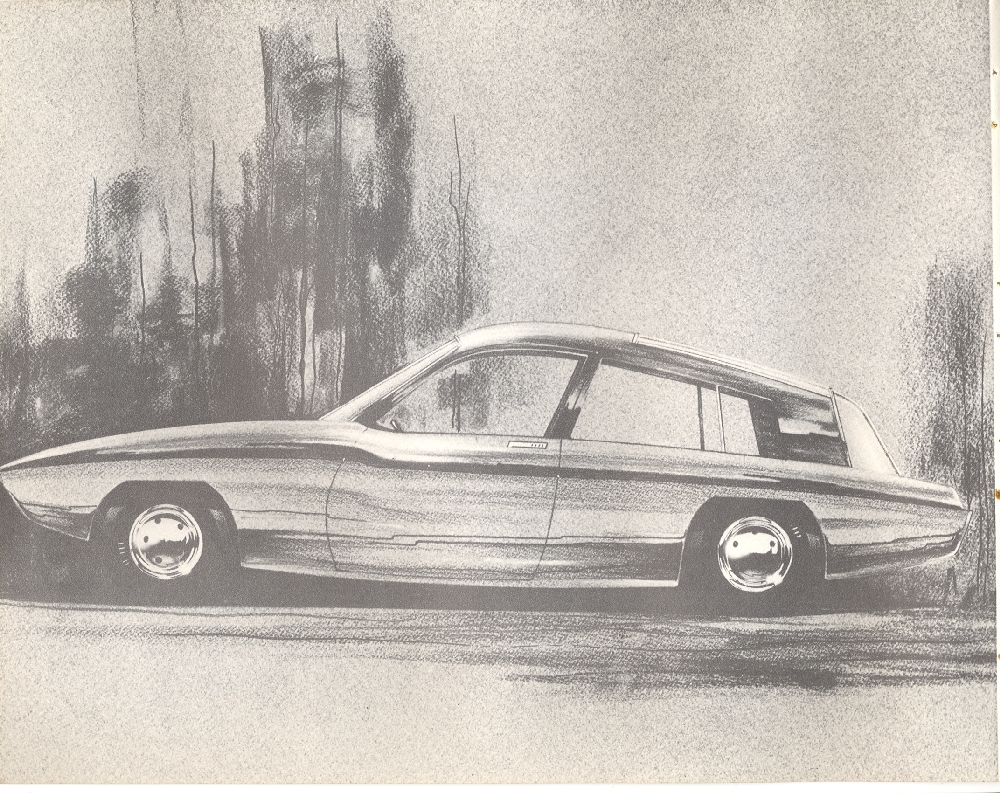
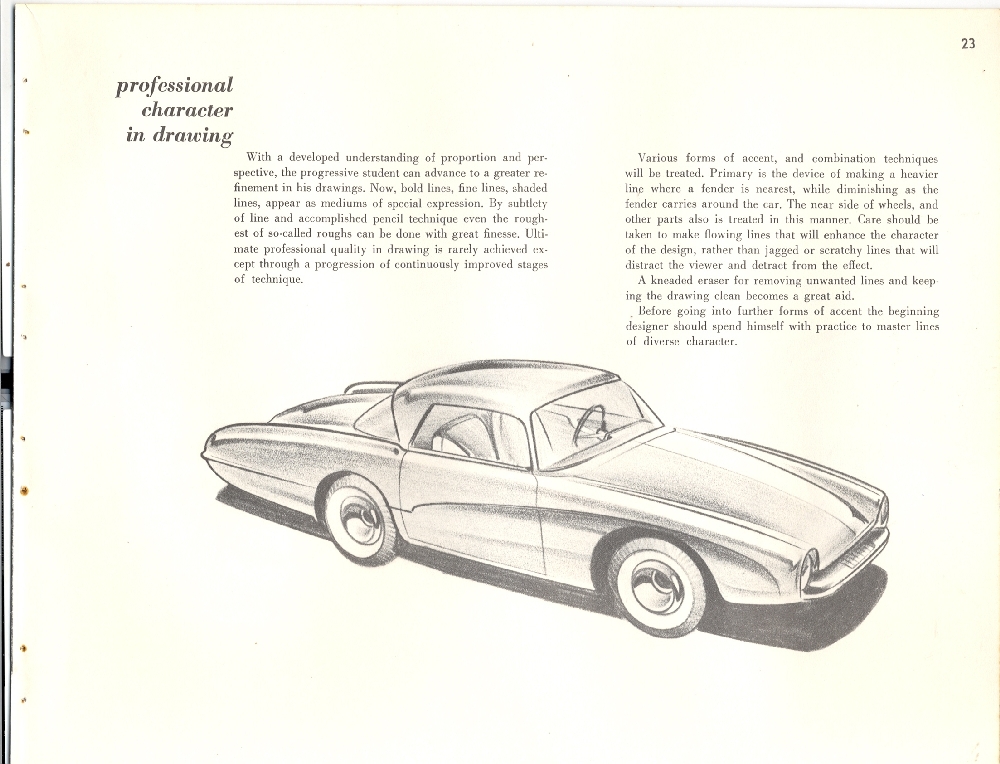
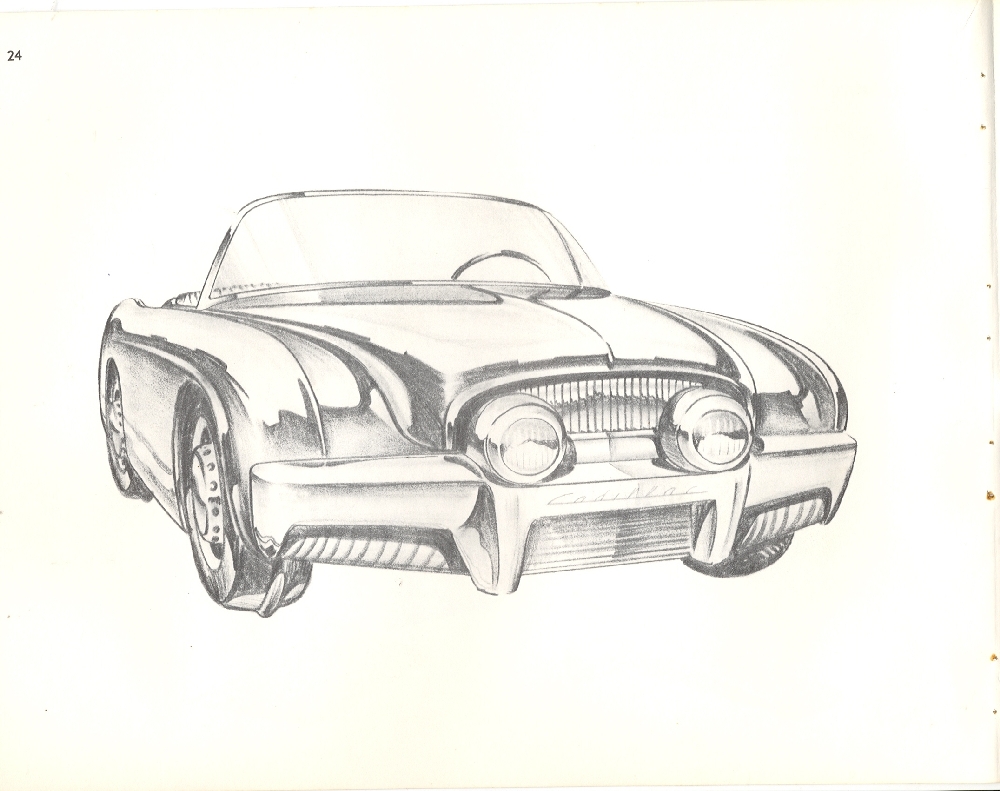
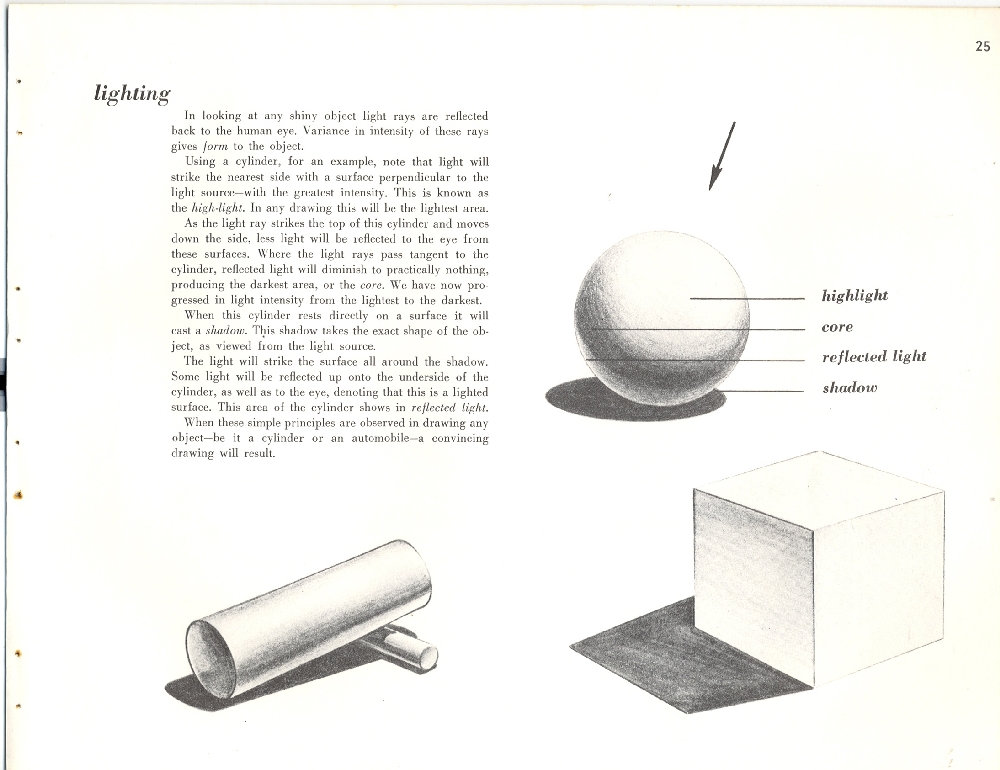
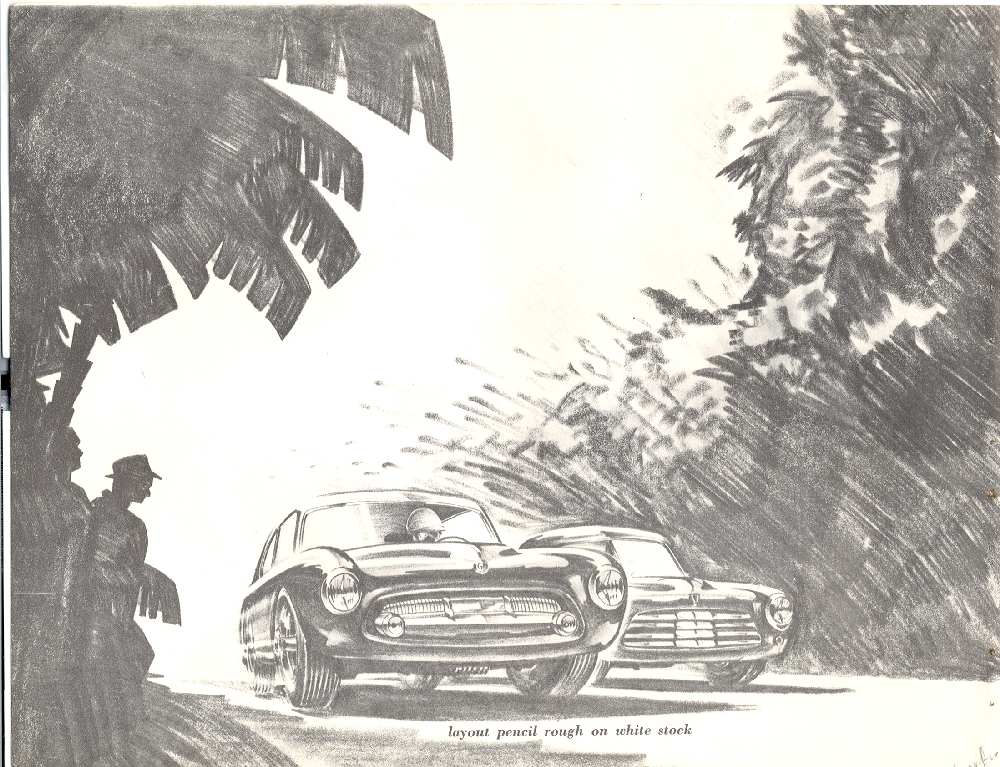
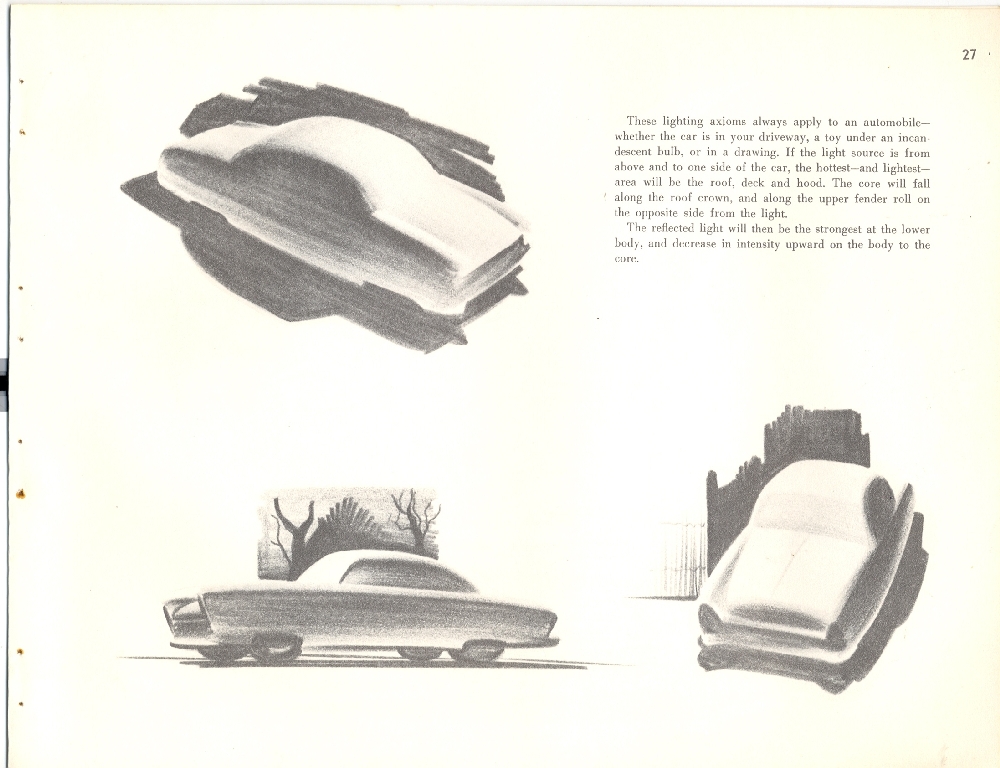
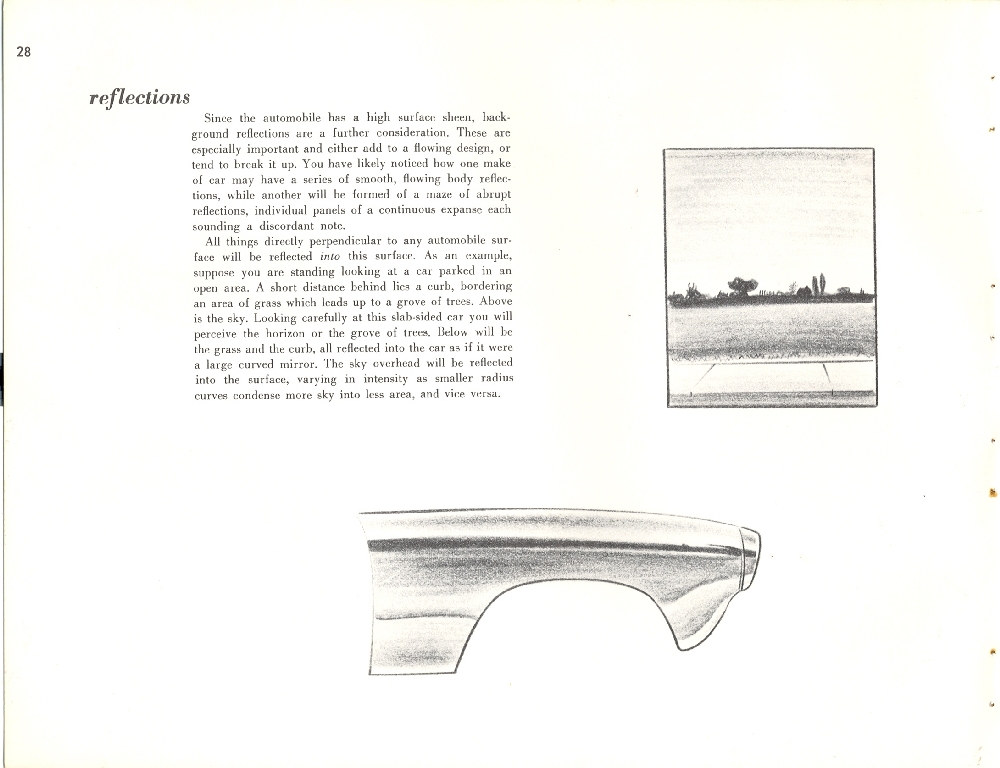
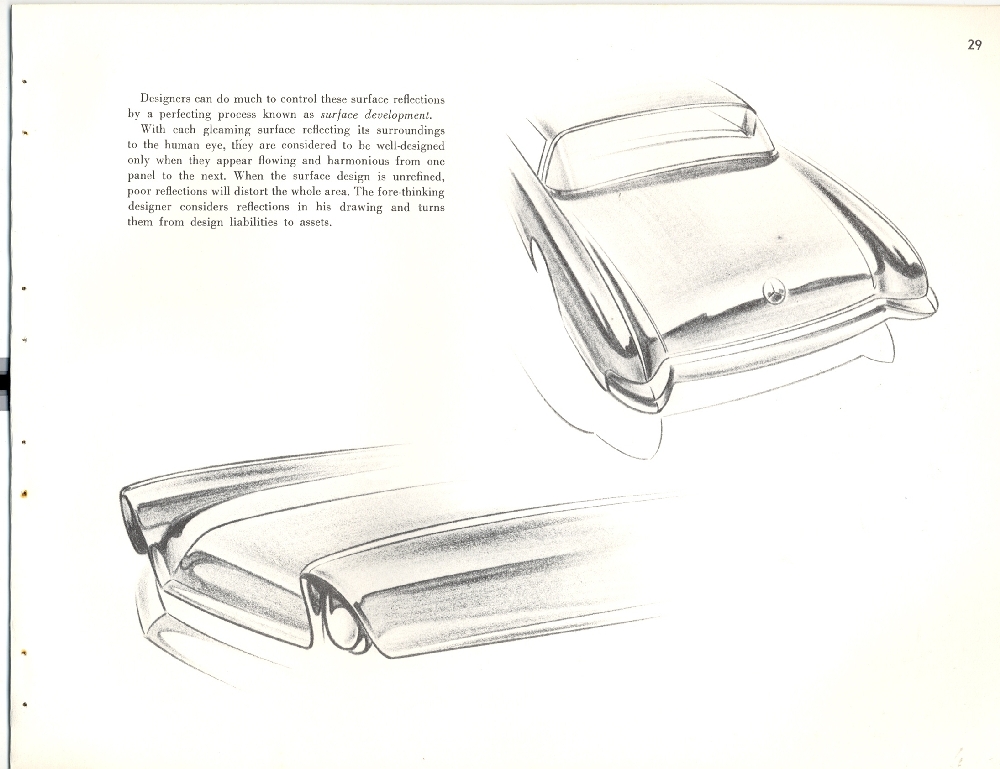

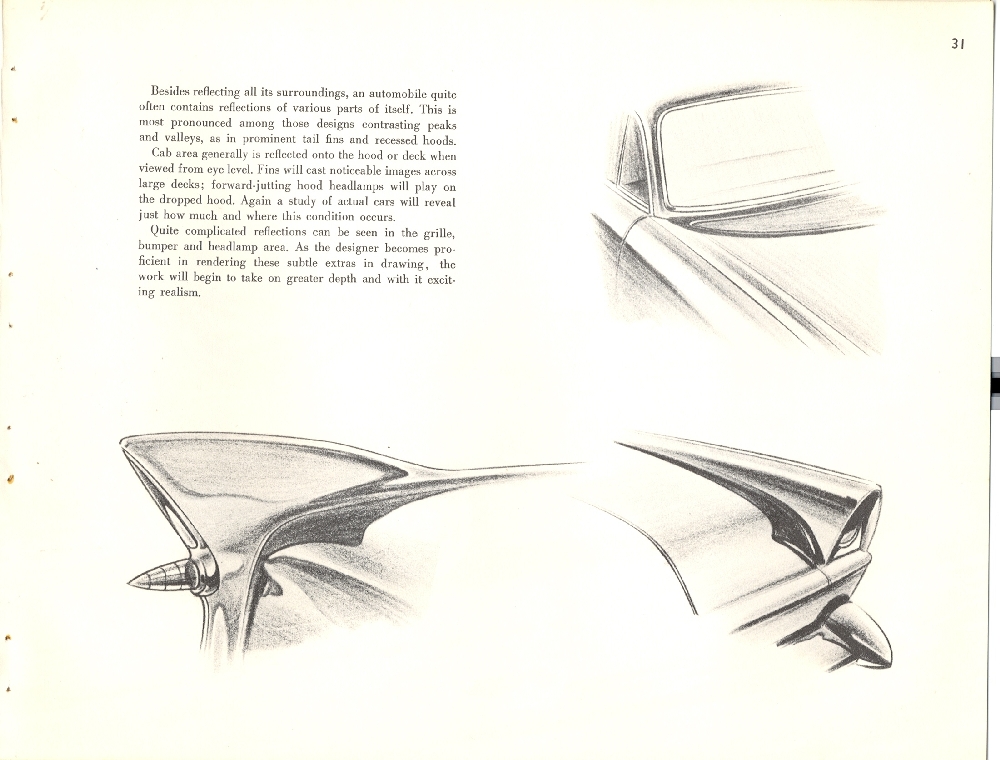
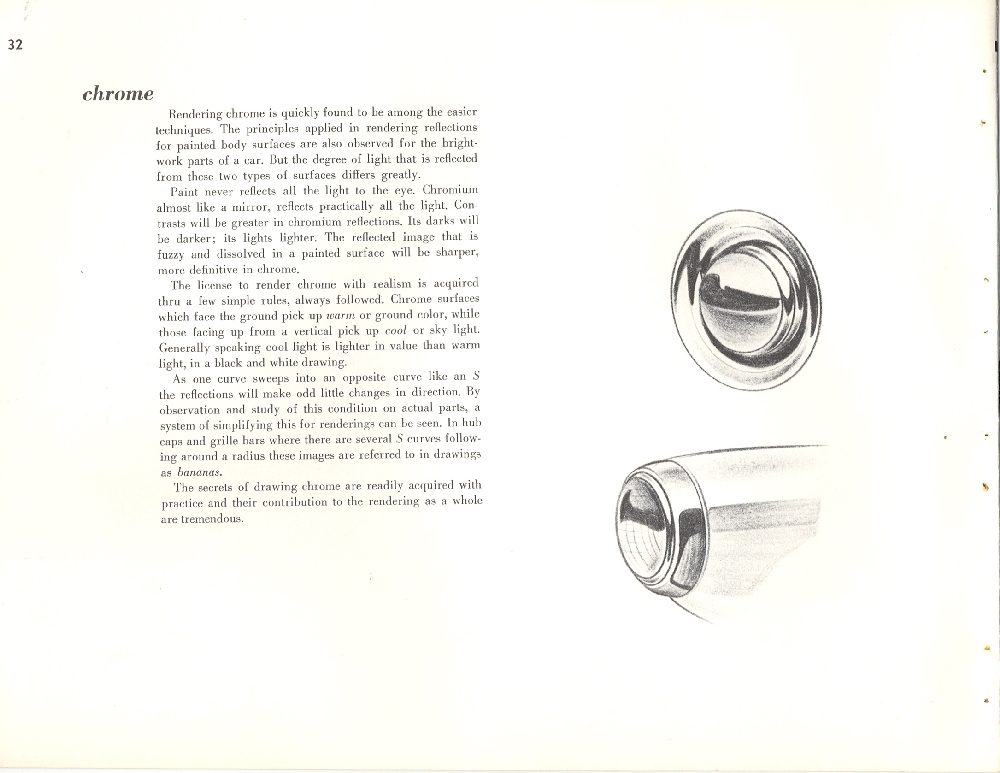
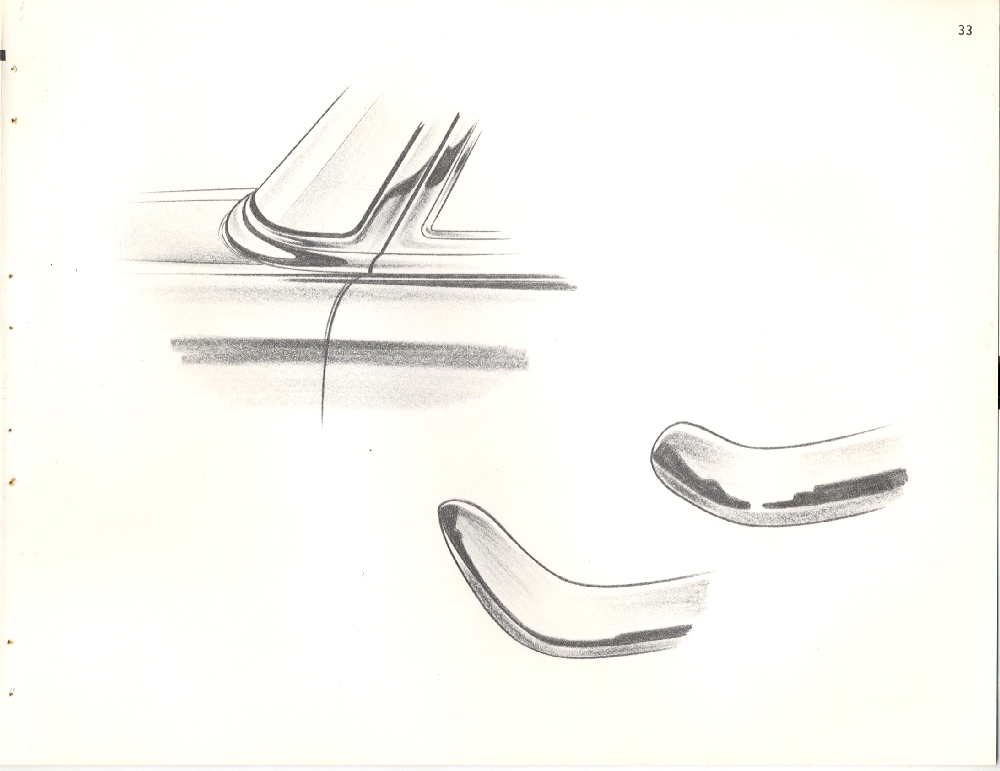
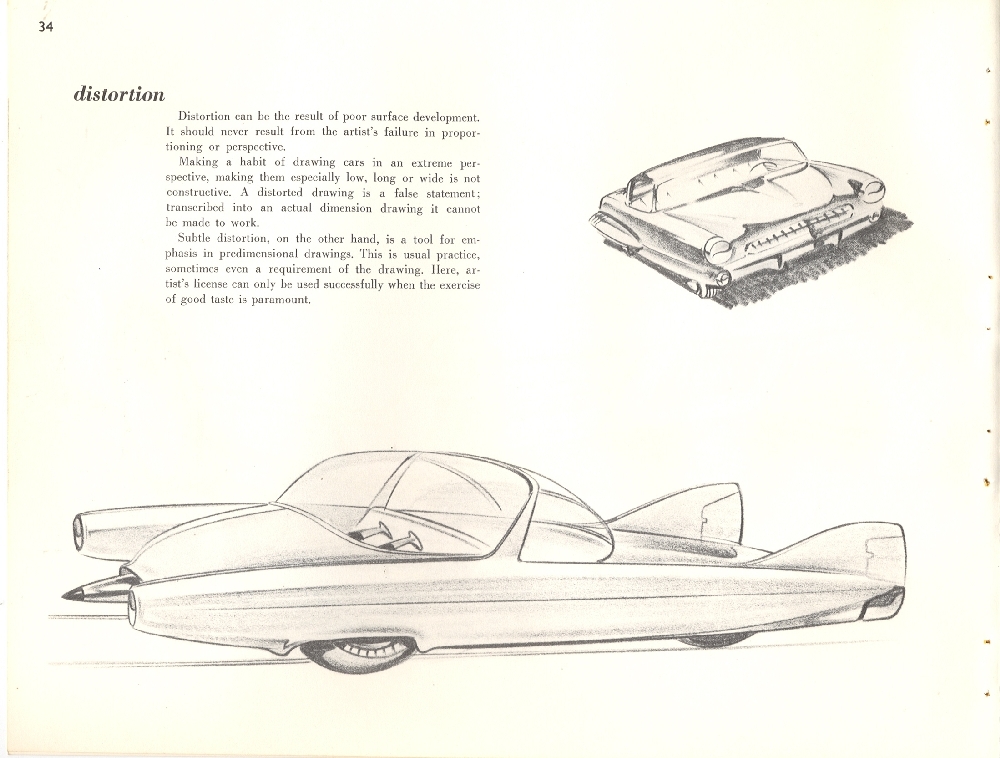
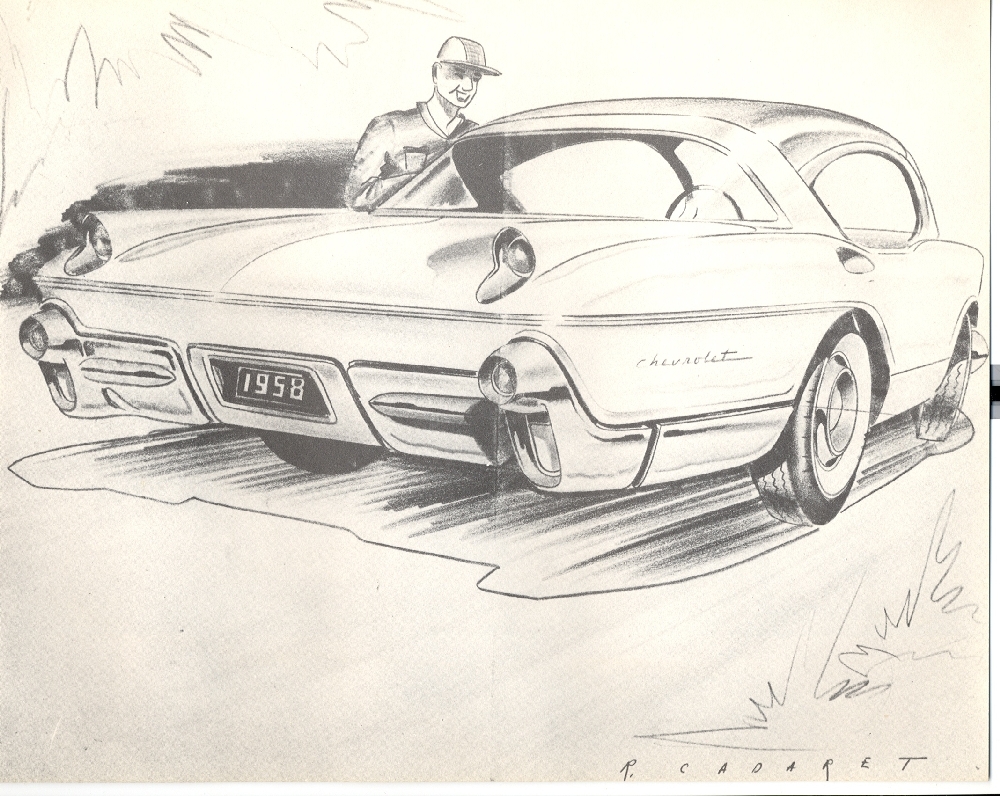
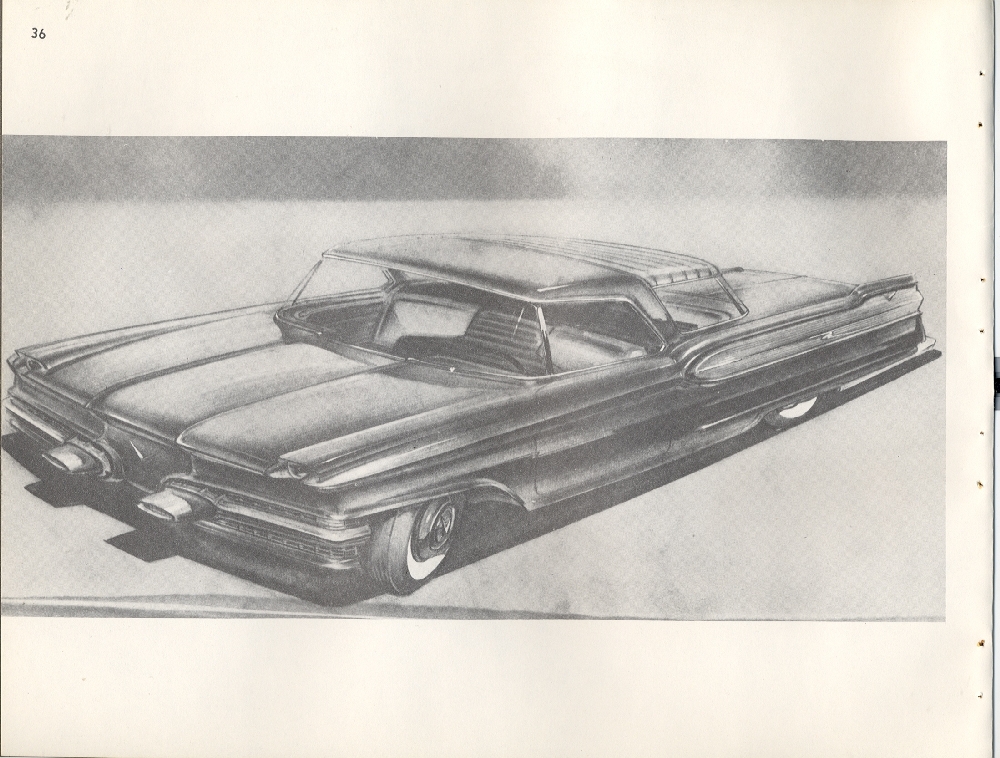
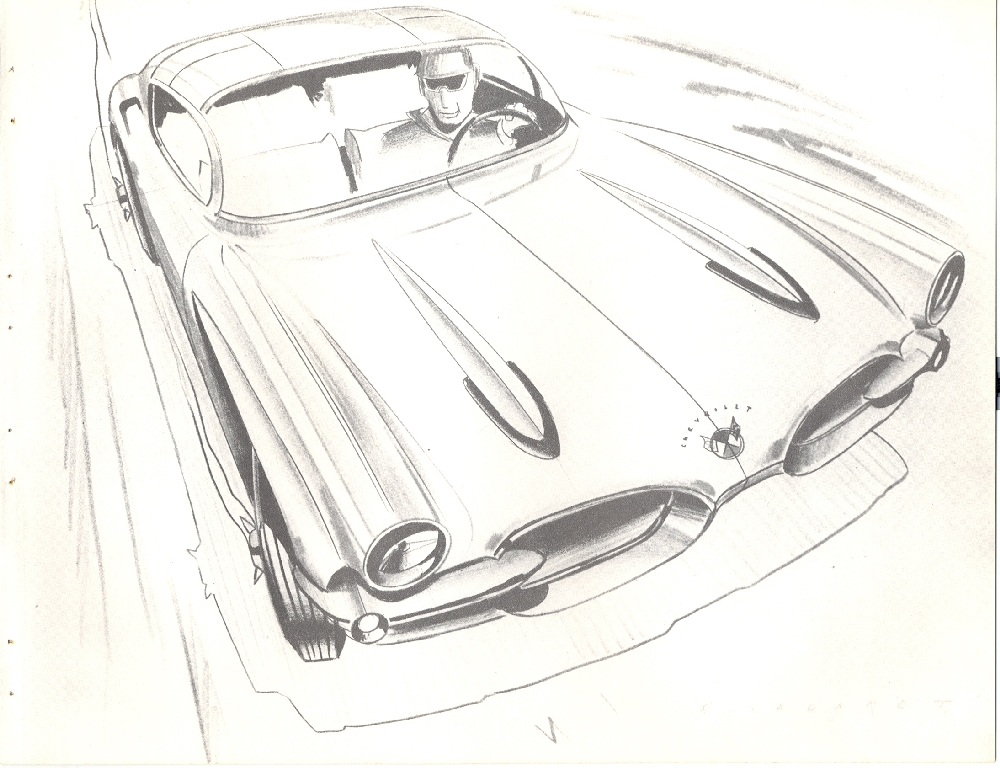
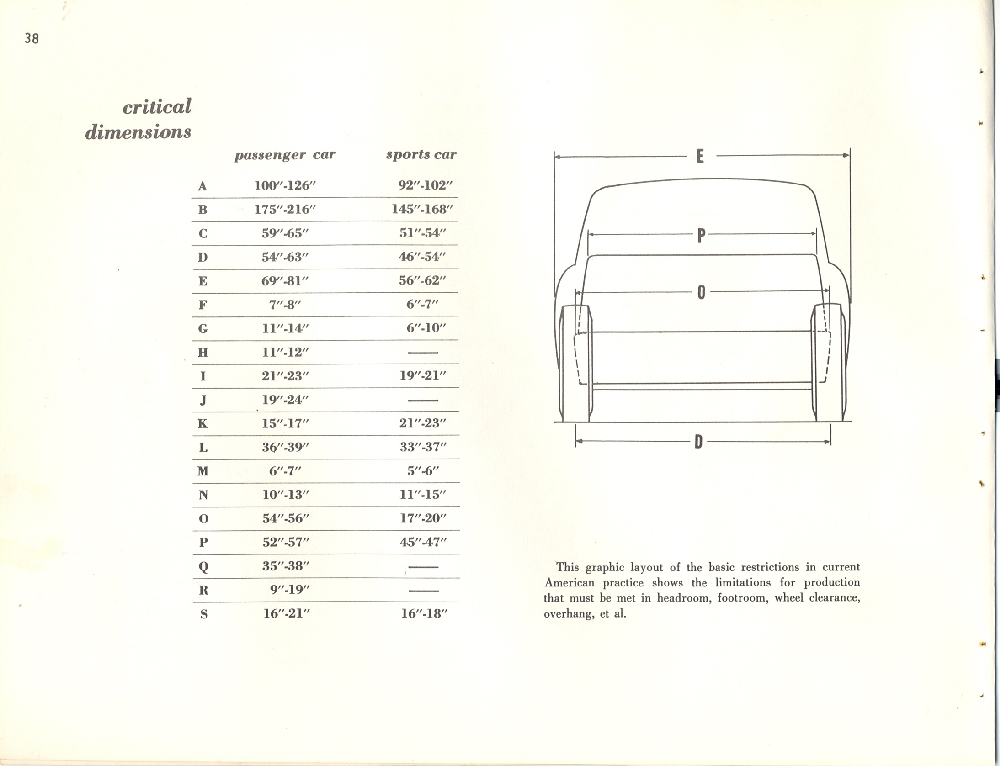
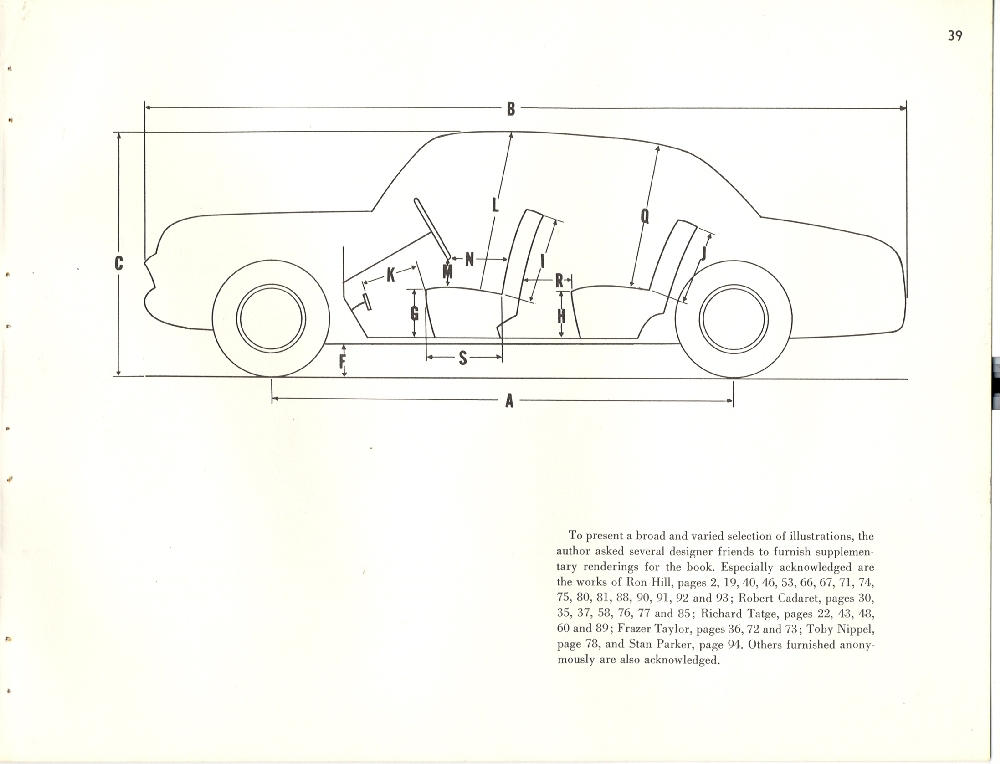
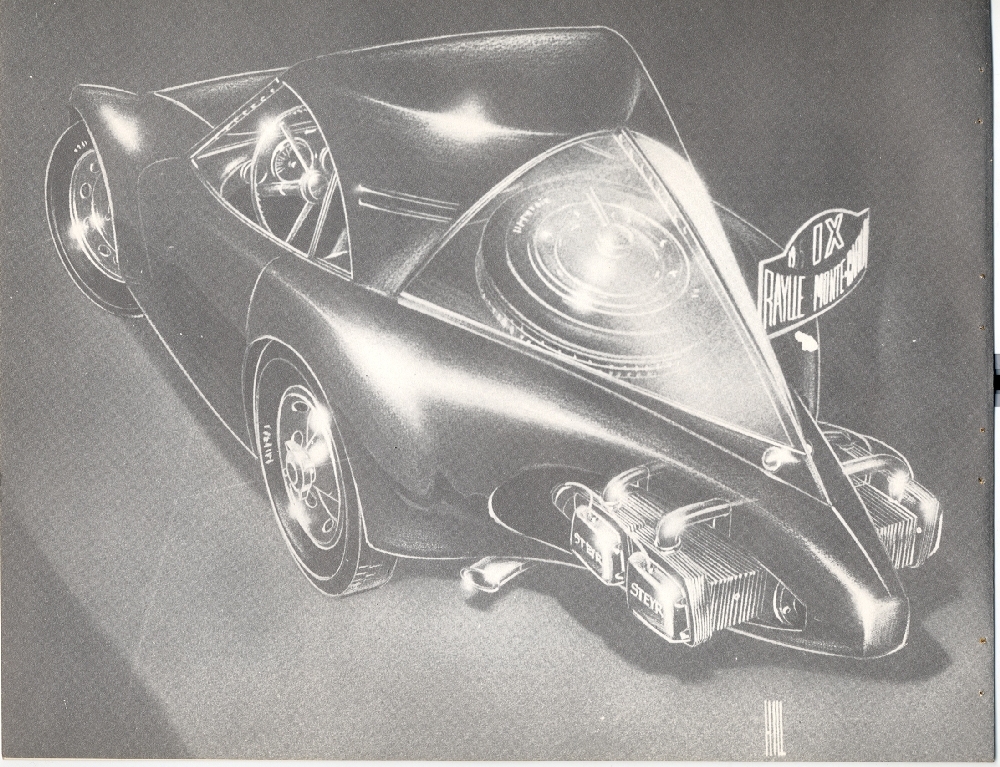
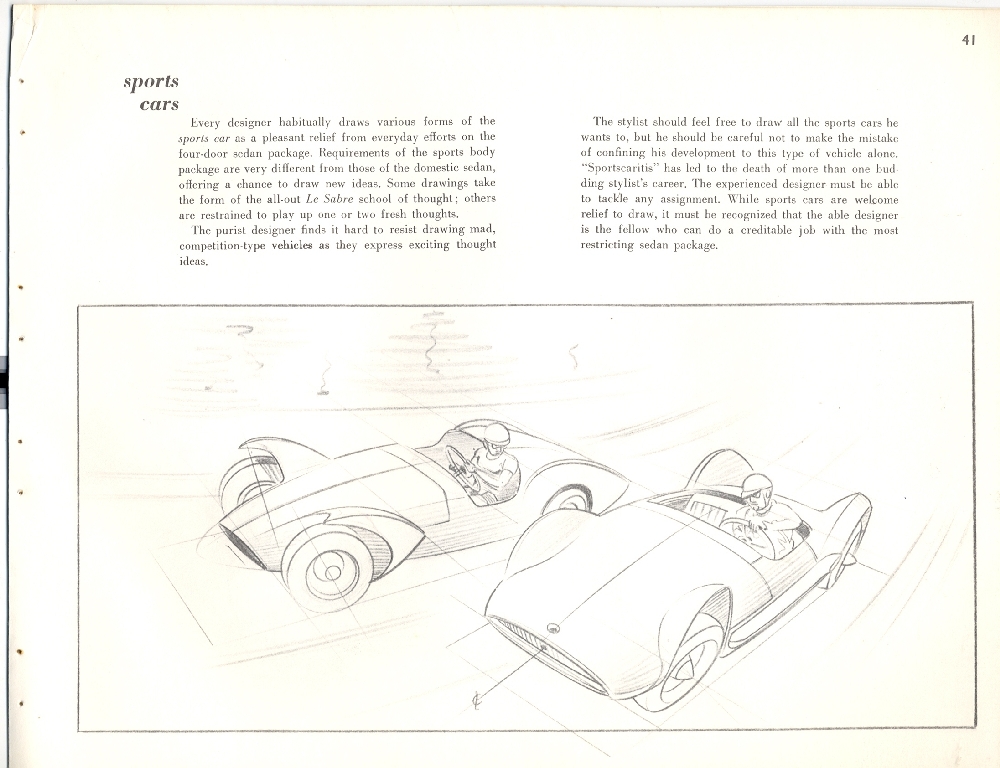

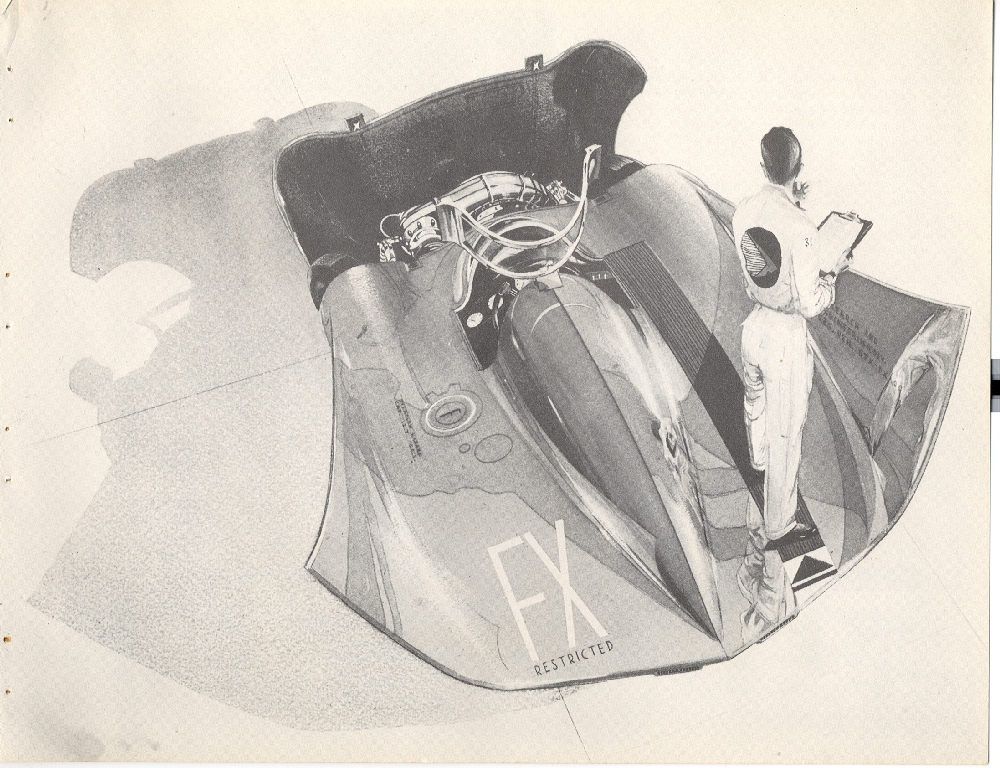
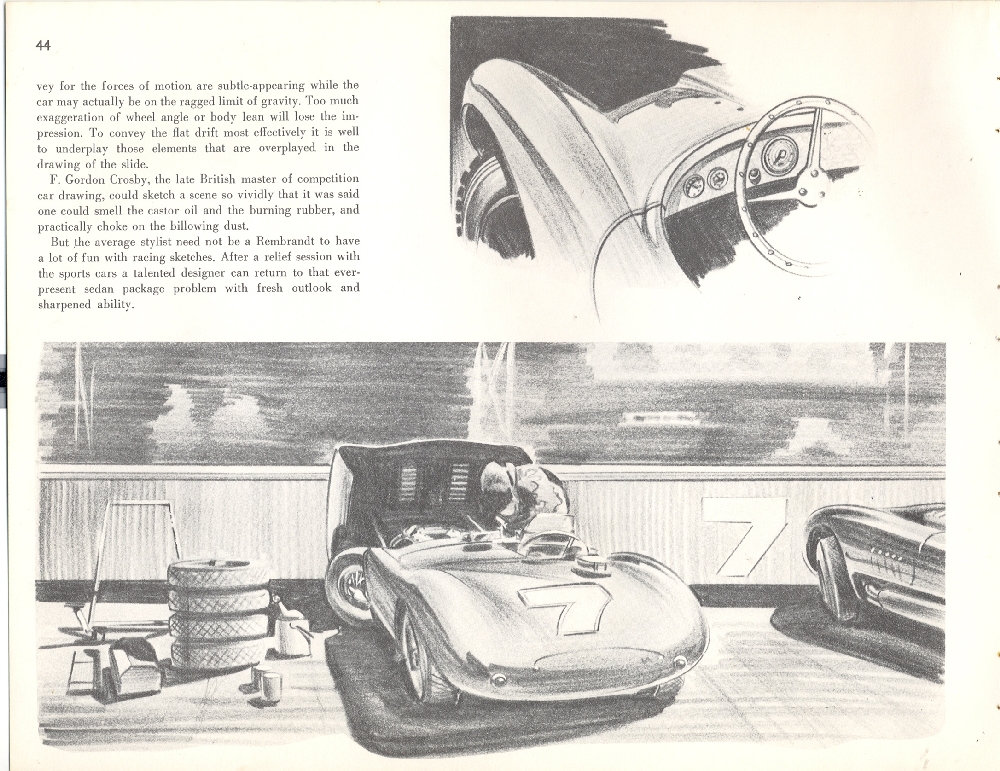
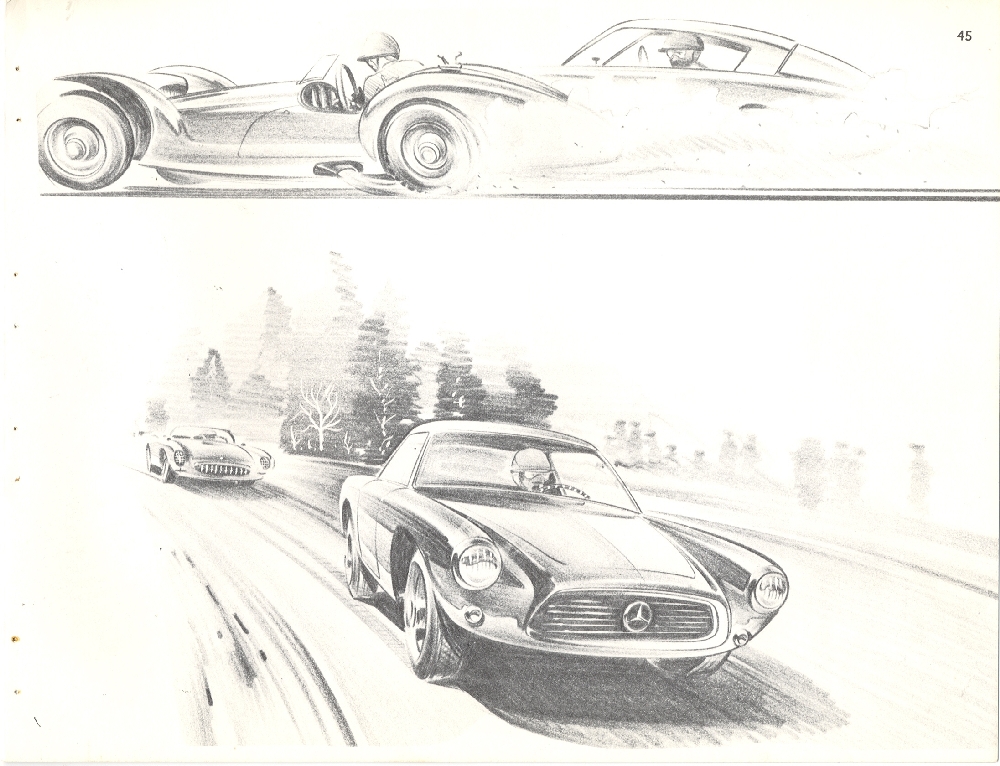
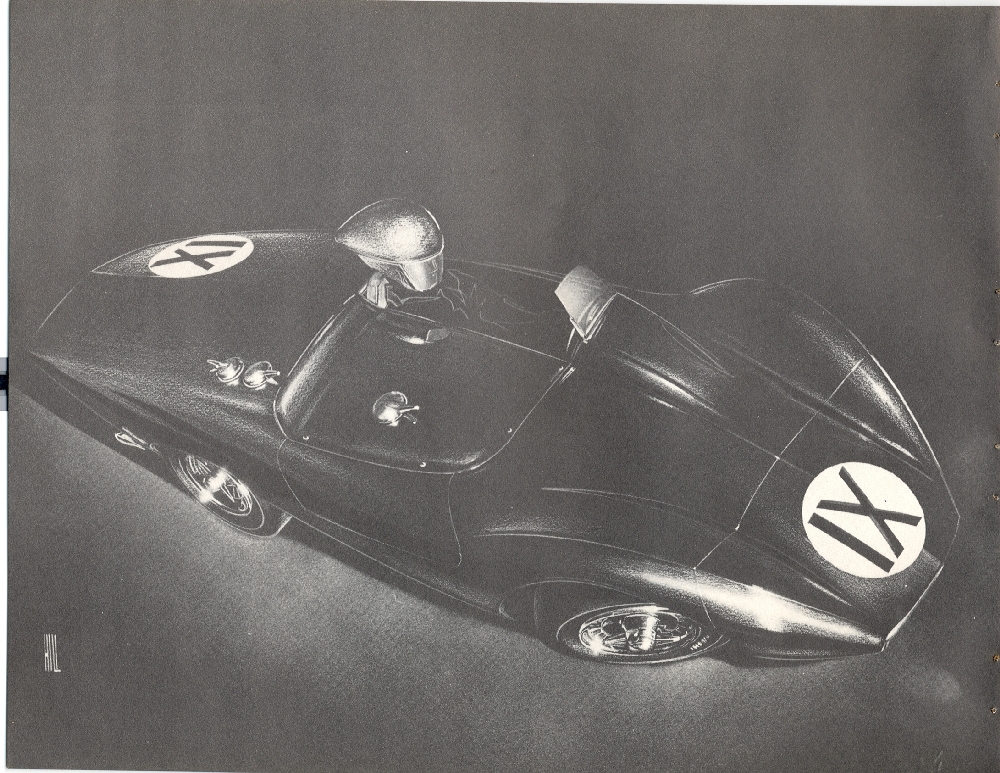
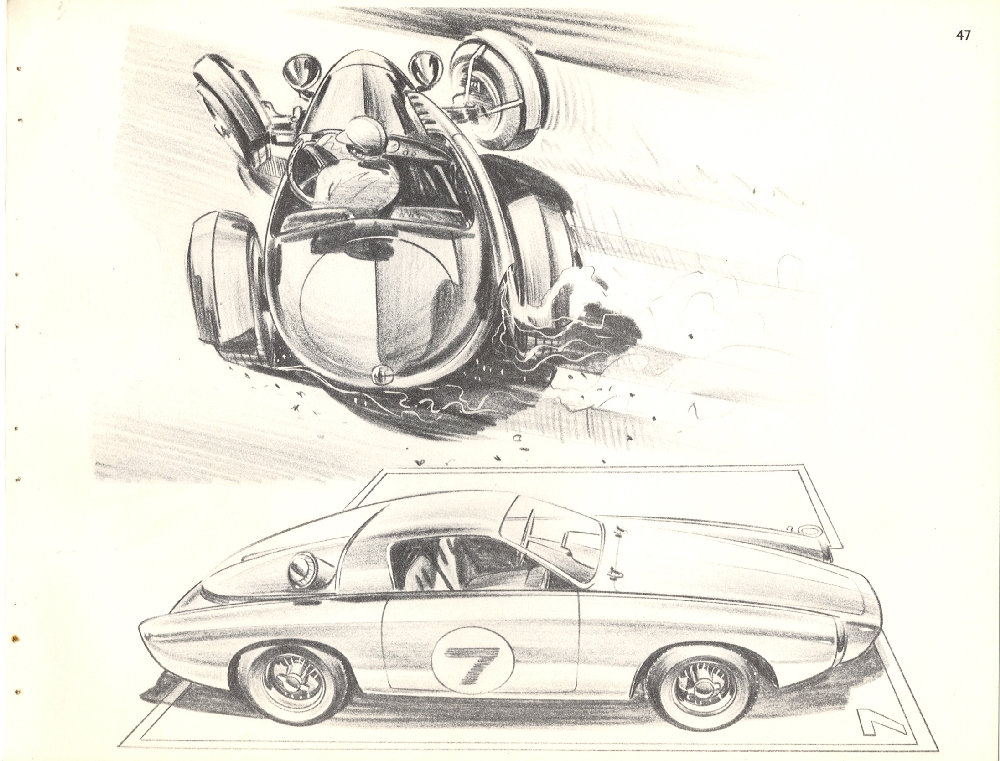
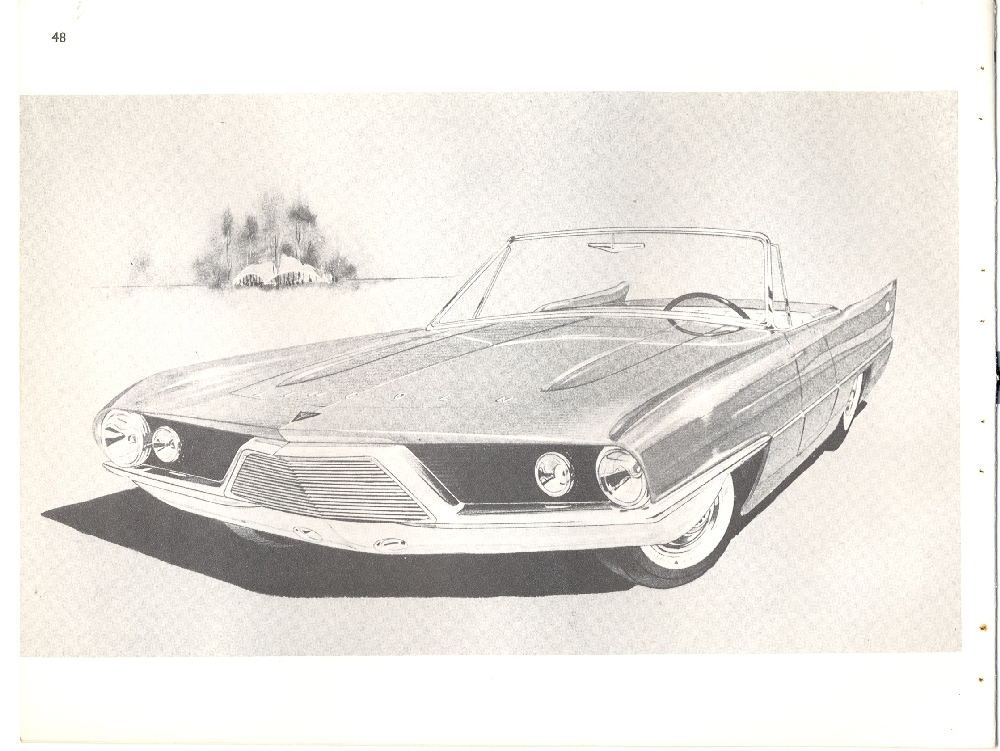
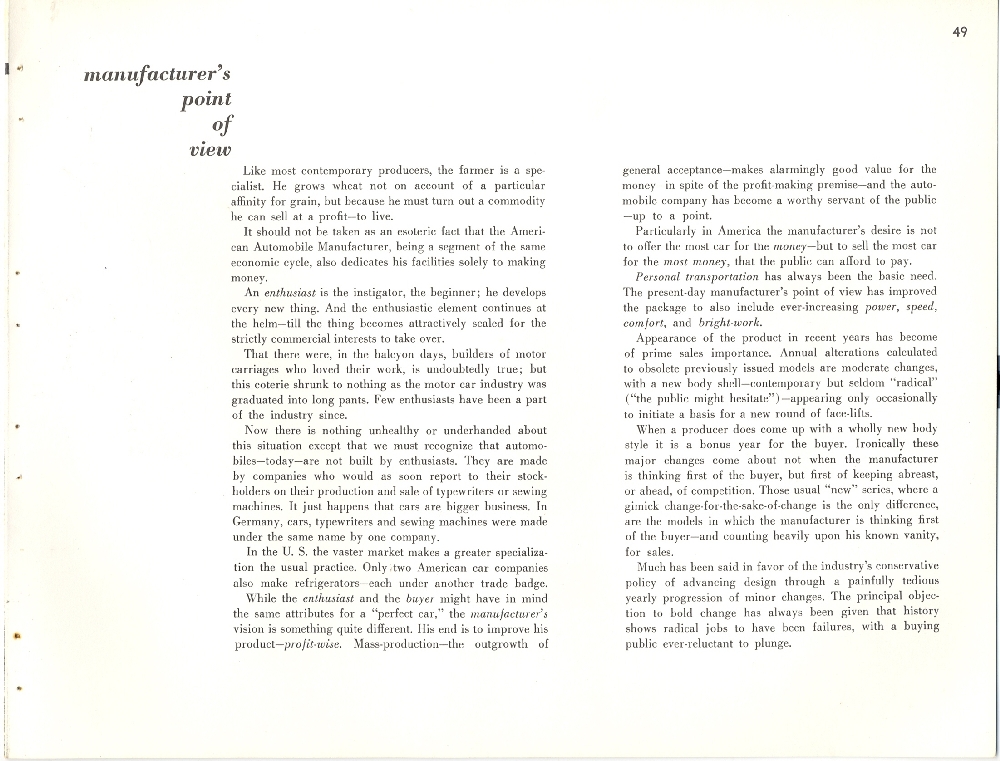
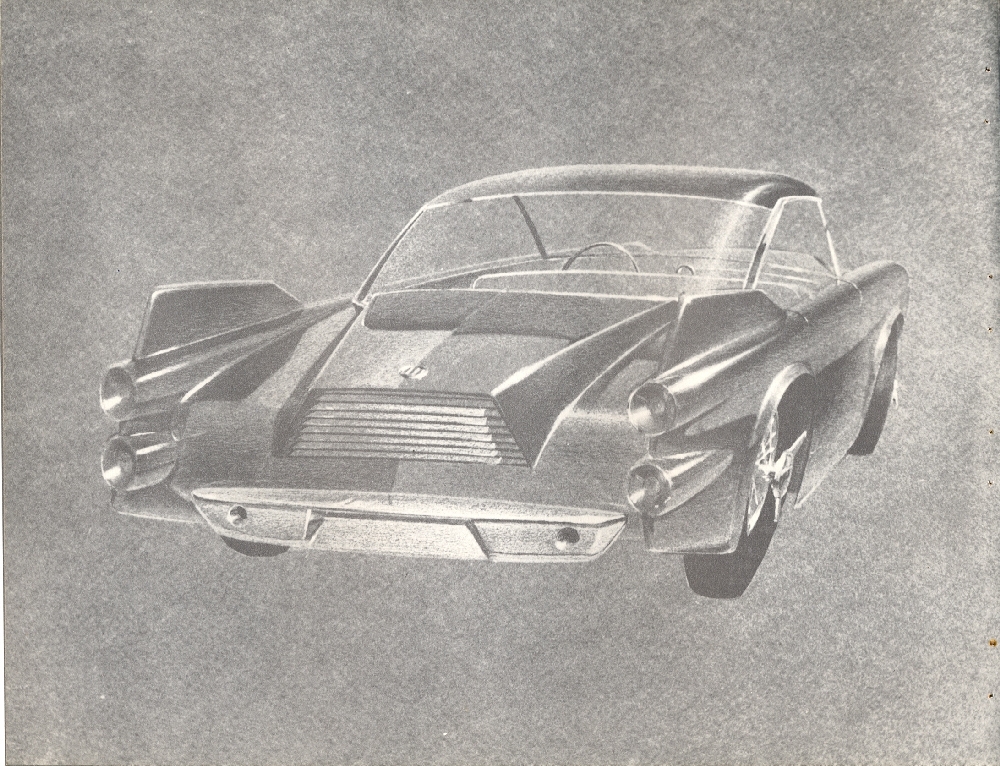
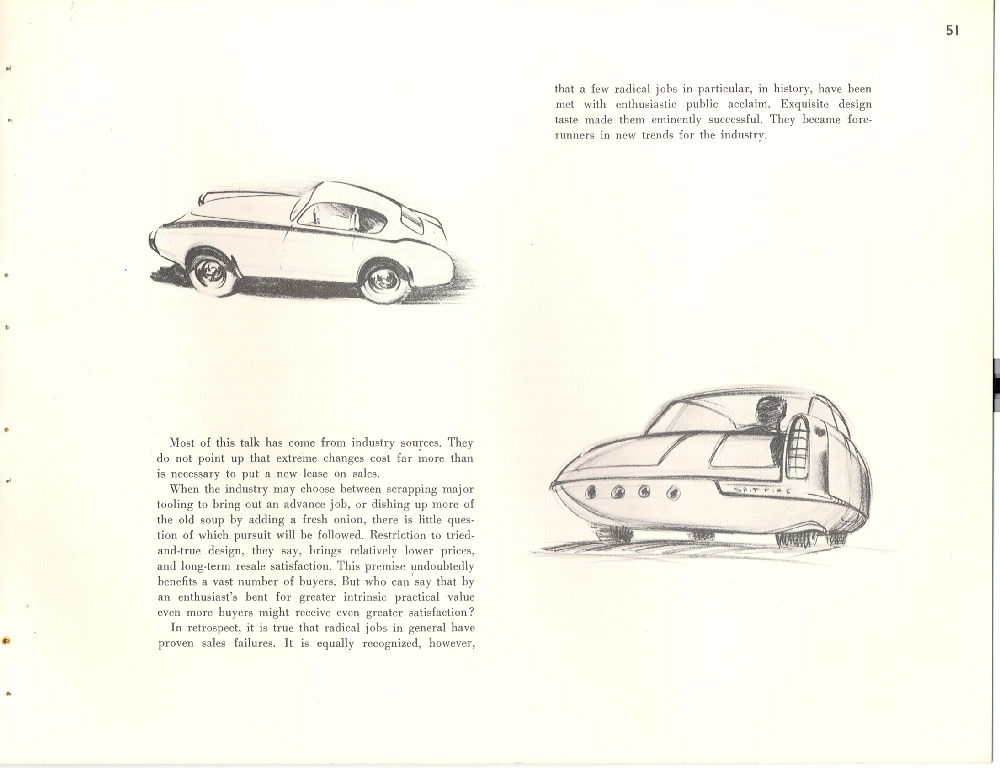
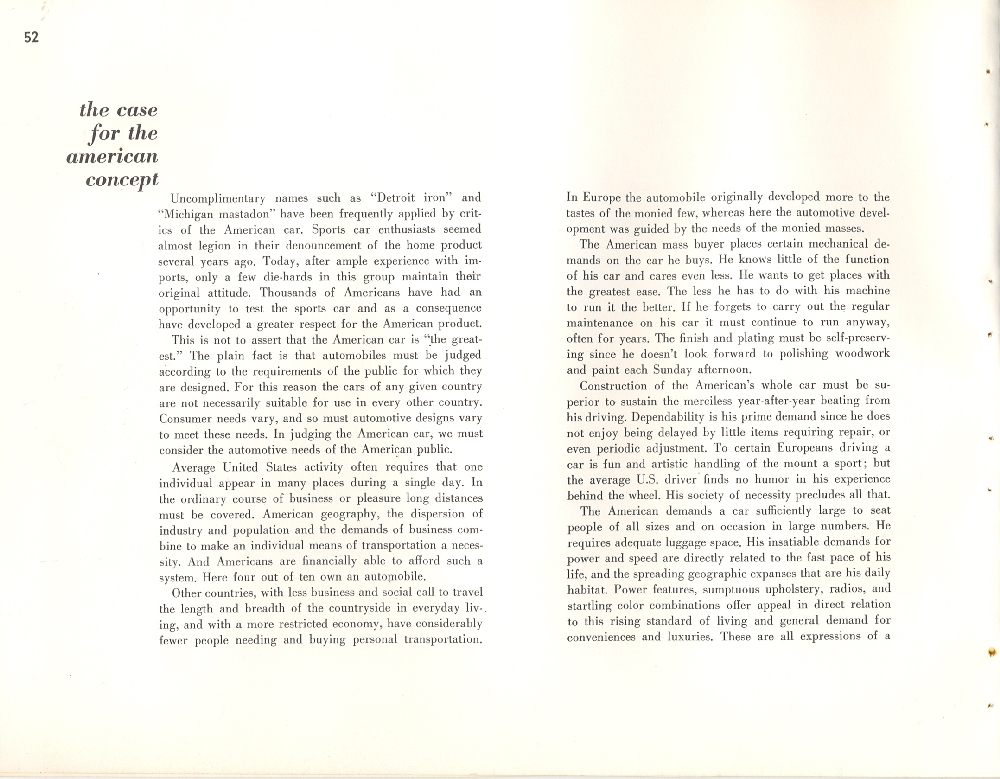
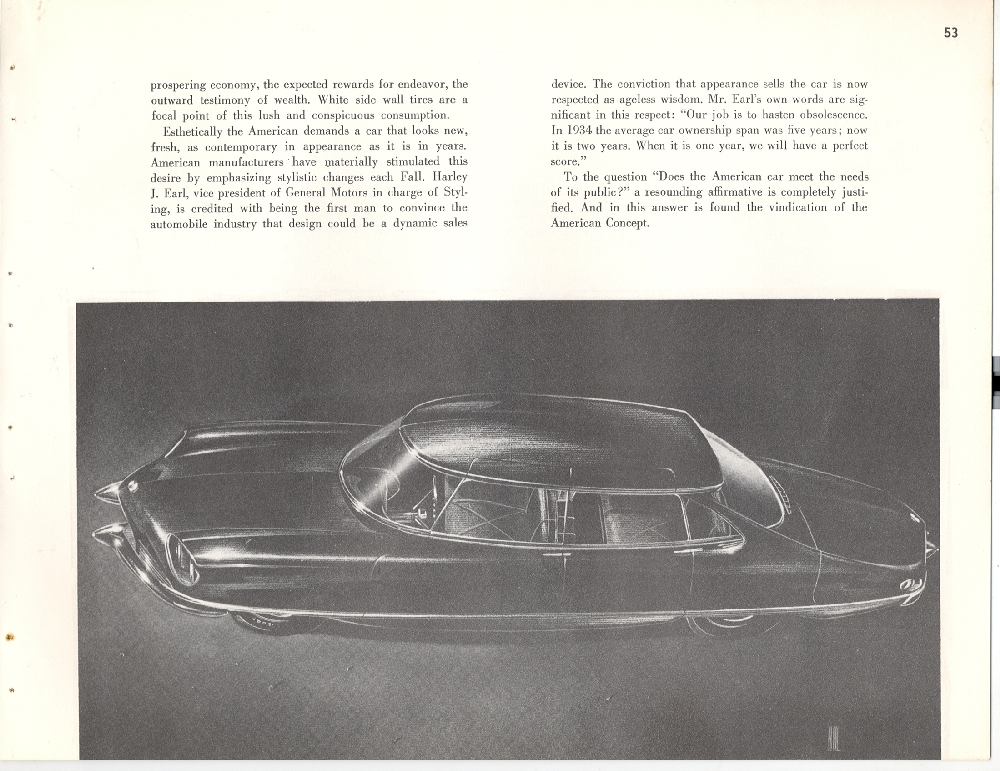
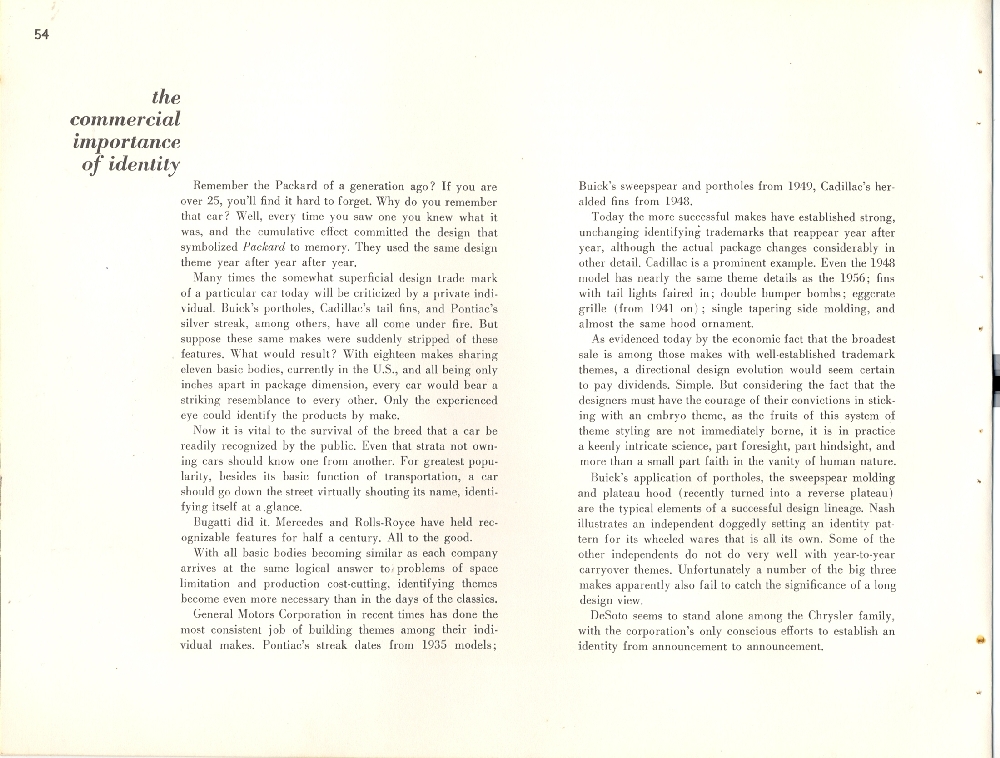
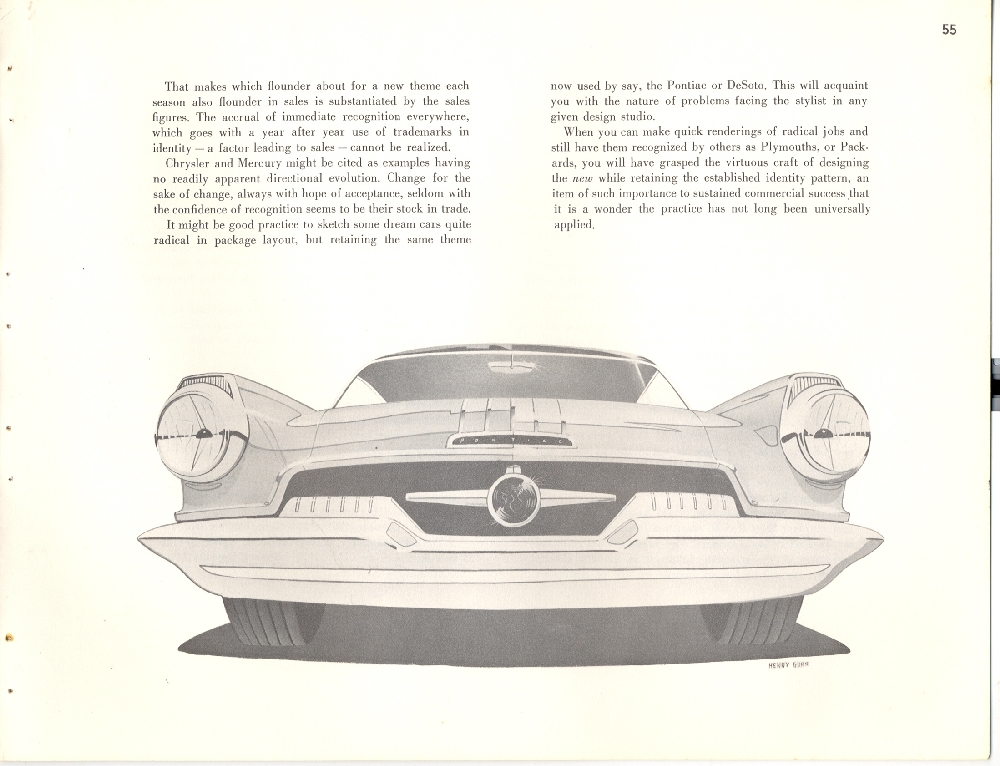
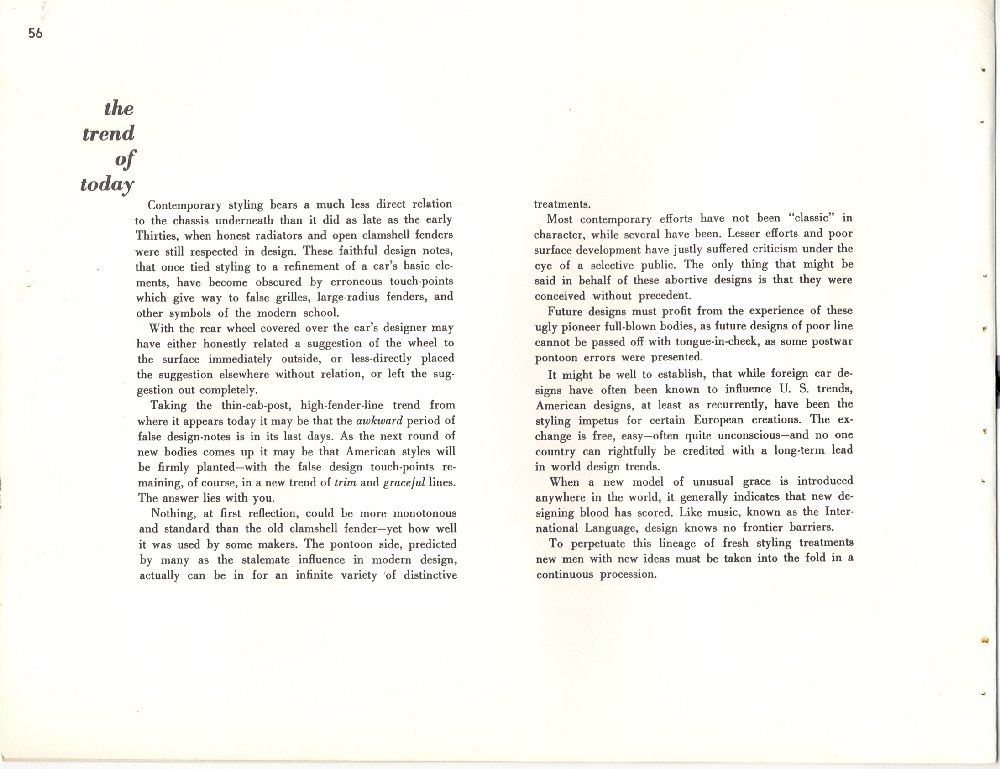
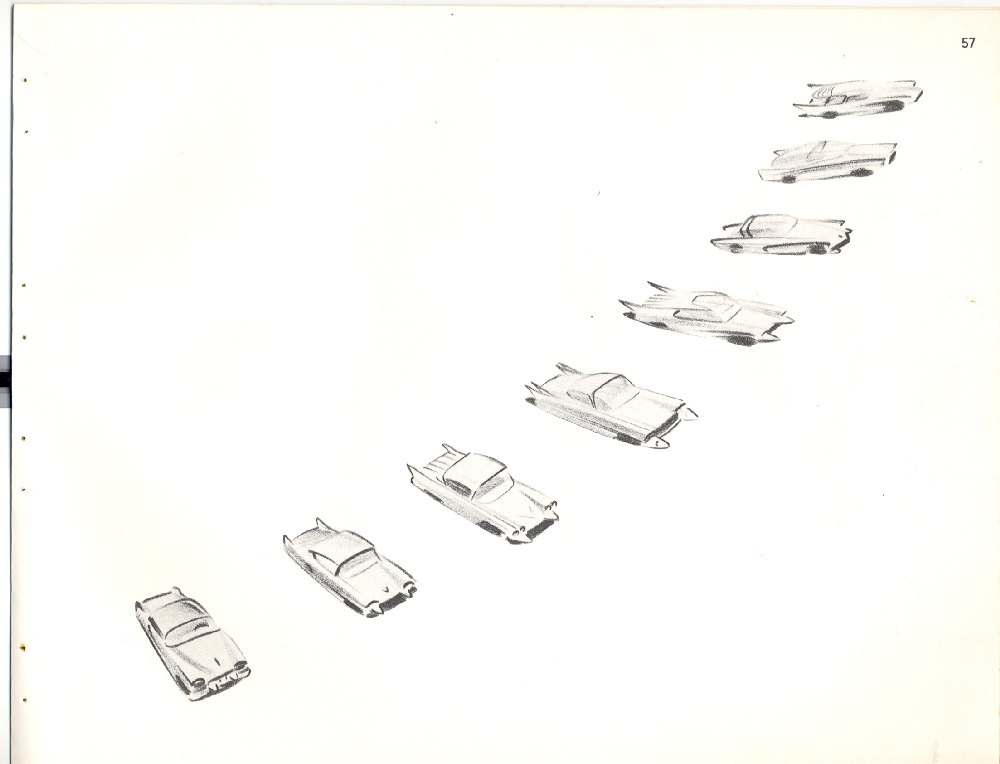
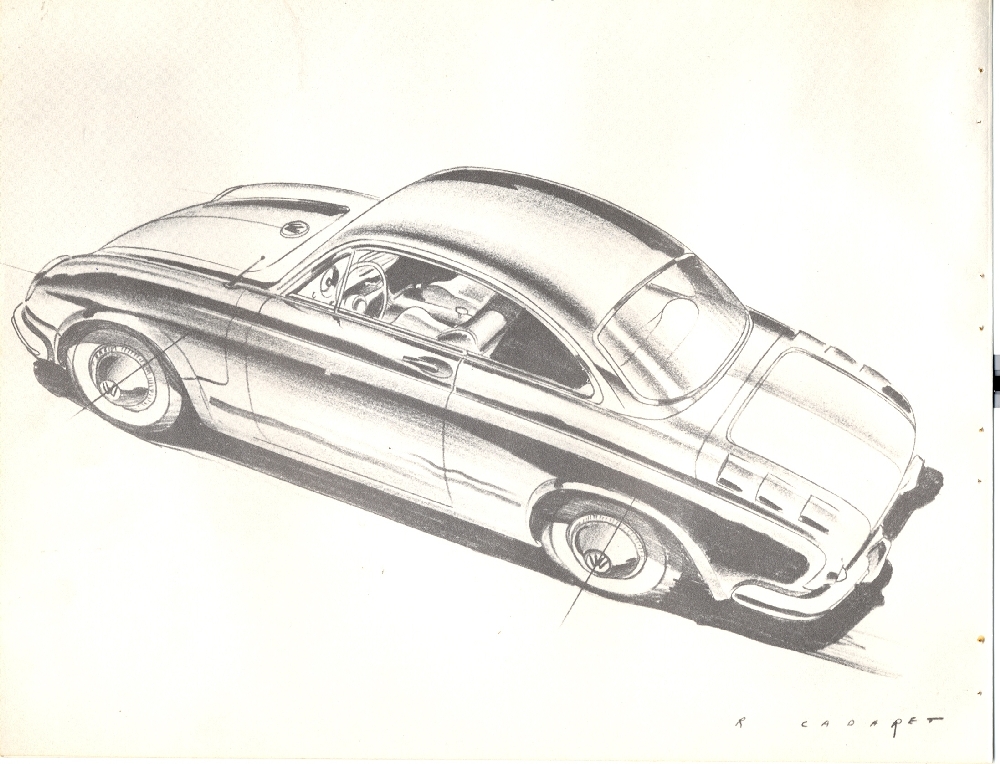
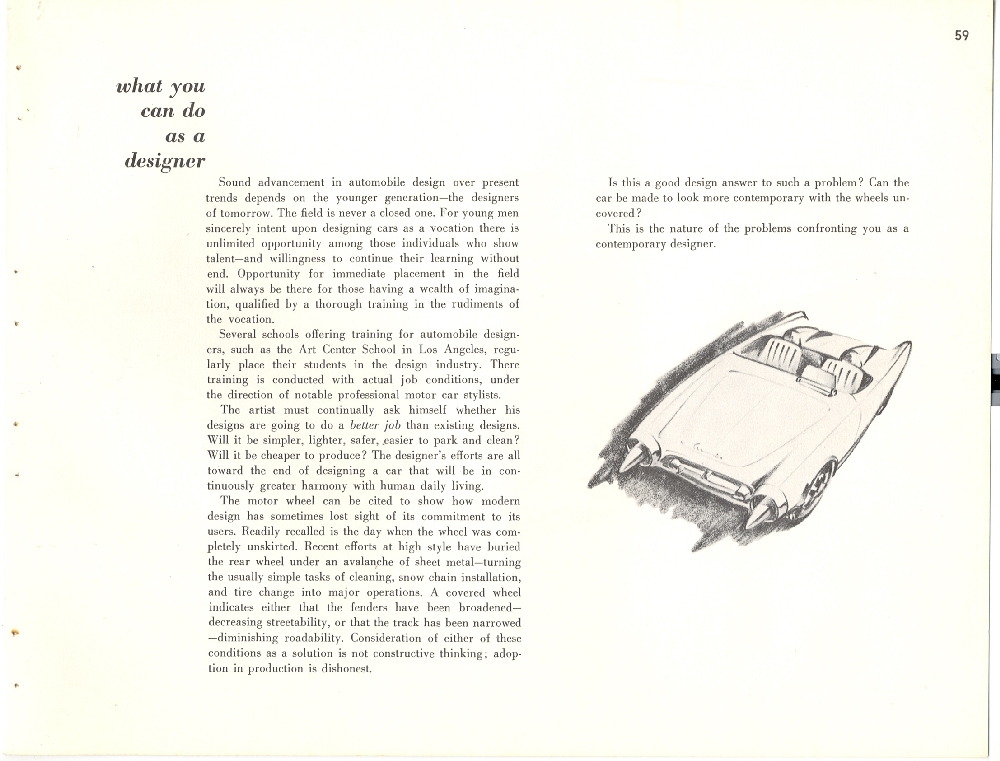
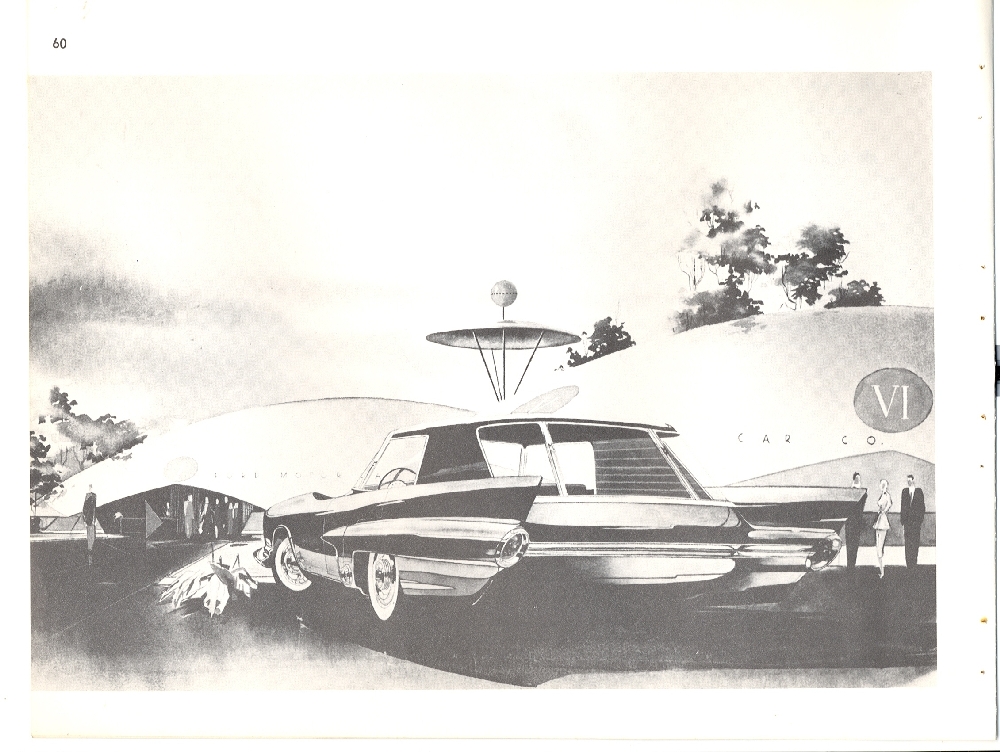
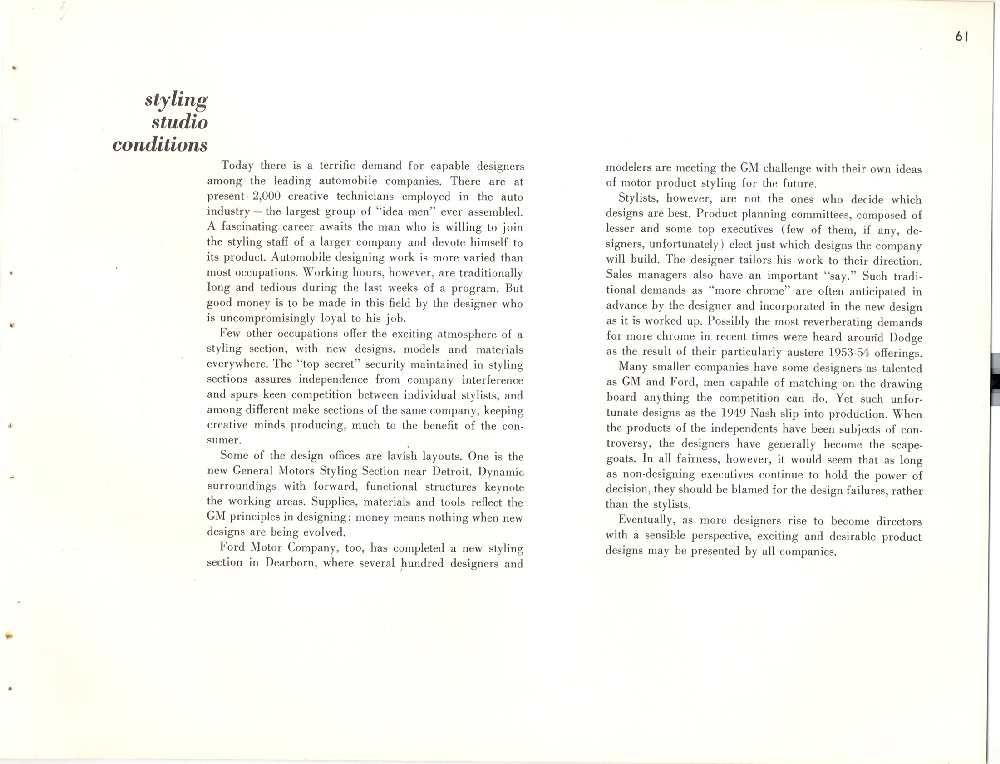
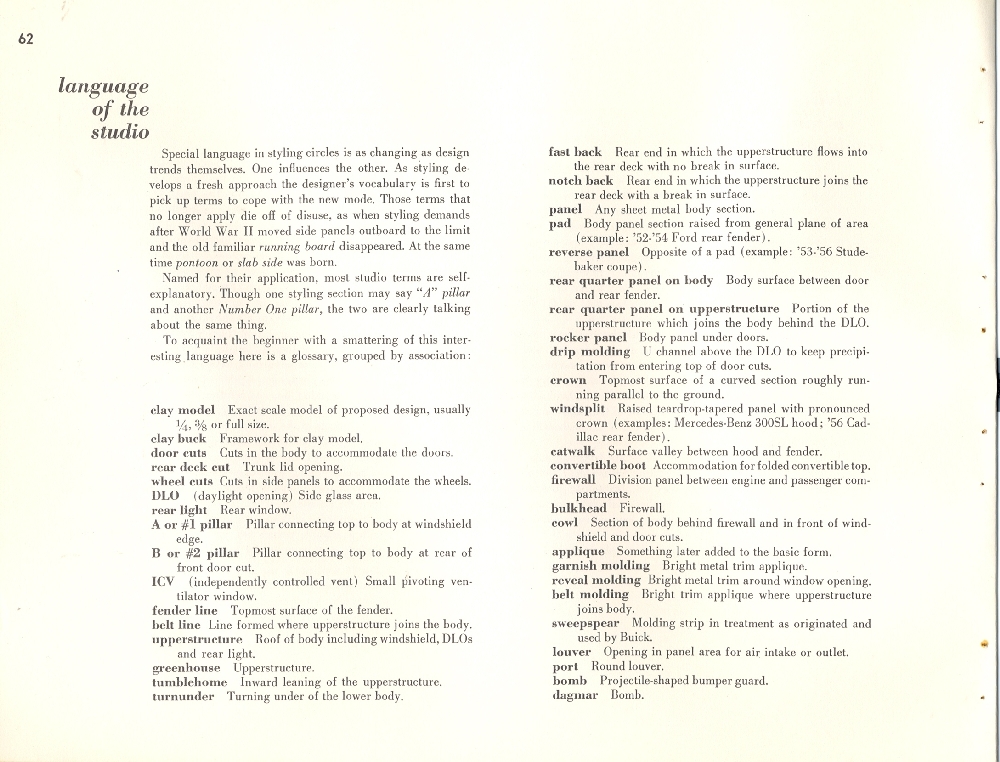
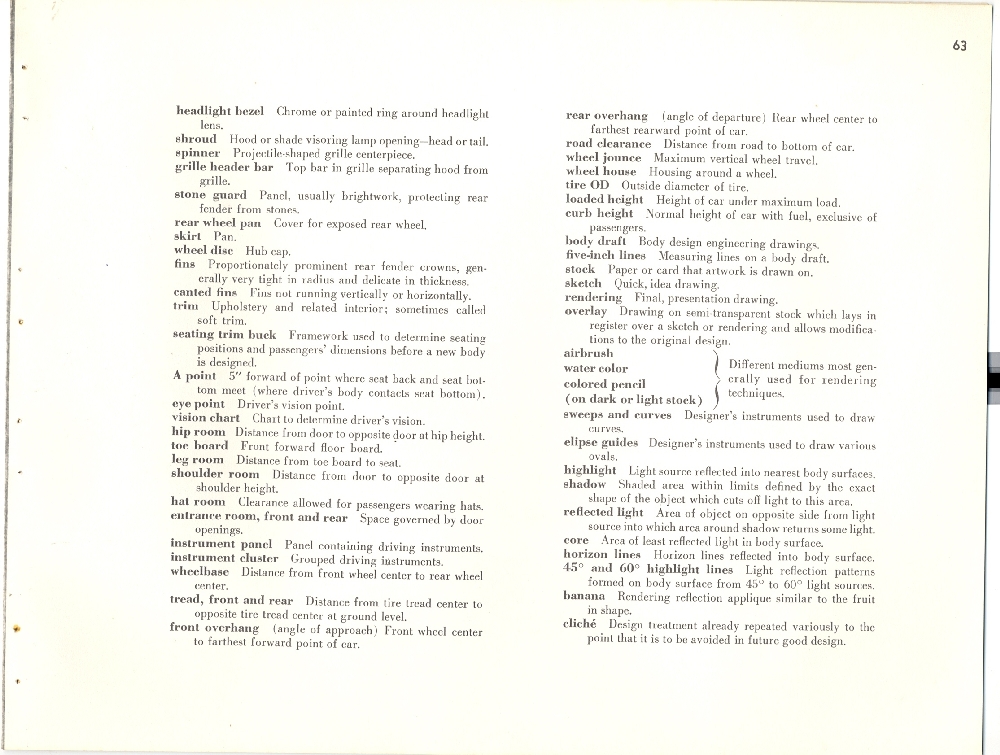

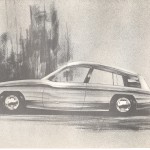
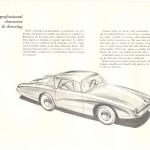
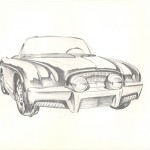
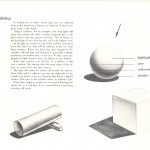
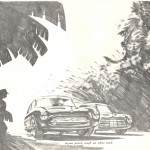
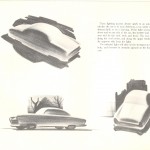
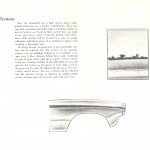
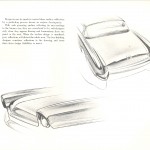
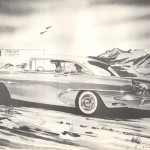
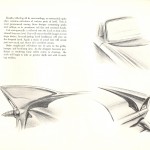
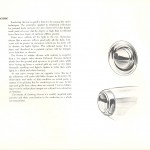
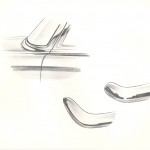
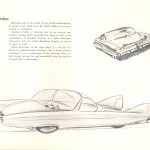
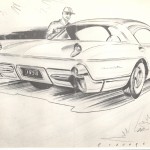
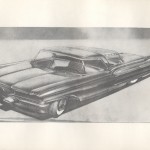
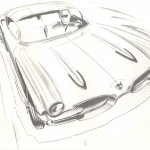
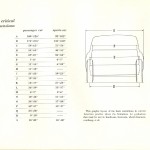
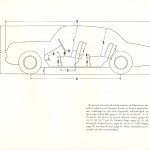
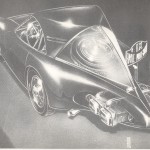
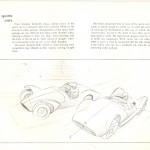
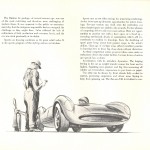
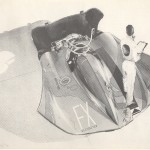
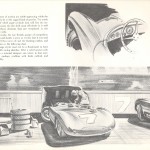
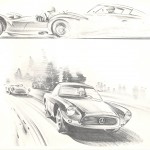
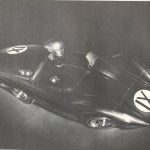
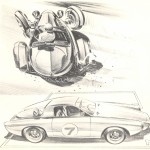
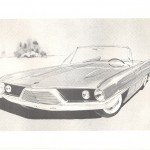
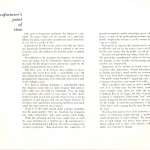
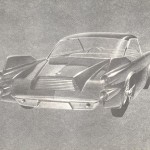
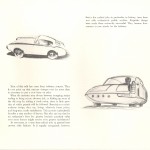
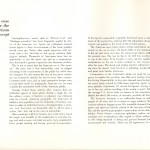
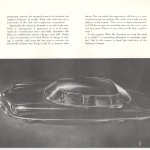
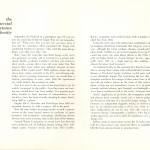
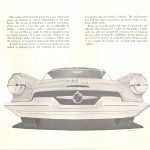
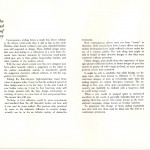
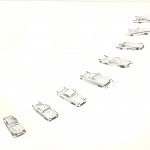
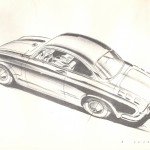
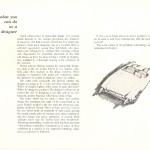
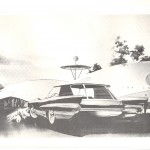
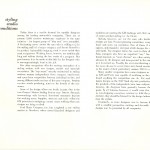
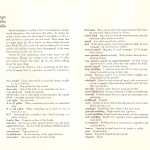
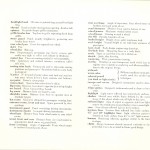
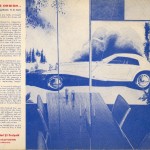

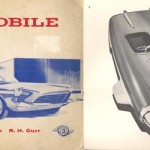
Considering the 1955 publishing date, I was very amazed to see so many styling cues possibly “lifted” by the “Big Three” car makers, at later dates. Examples:
Page 28…1956 Chevrolet headlight shrouds
Page 30… Bel Air Roofline
Page 31…1959 Cadillac Tail Light lenses and 1957-60 Plymouth Fender Wings
Page 35…1962 Mercury Taillights and 1957 Buick Rear Bumper
Page 36…1960 Pontiac Front Clip and 1958 T-Bird Roof and 1957 Mercury Rear Quarters
Page 37…1959 Pontiac Split Grille and 1958-62 Corvette Hood Bulges
Page 40…1960 Corvair Engine
Page 41…1968 Corvette Front Clip
Page 42…1958 Reventlow Scarab
Page 50…1956 Studebaker Hawk Trunk Lid and 1960 Dodge Dart Upper-Rear Fender
Page 53…1959-61 GM 4-Door Rear Roofline
Page 60…1957 and 1961 Cadillac Rear Fenders and 1961-up T-Bird Roof
The close resemblances are incredible.
Thanks Geoff. Loved the presentation.. Not into art..But love to see how it is done… Gurr was a Master in Auto art…. Knew what had appeal to the public… john